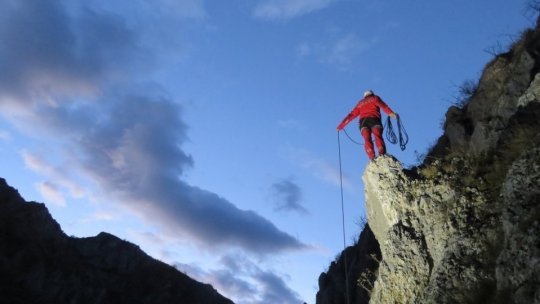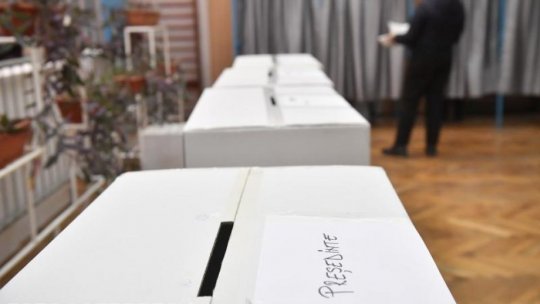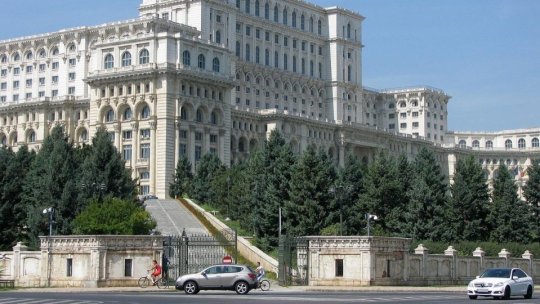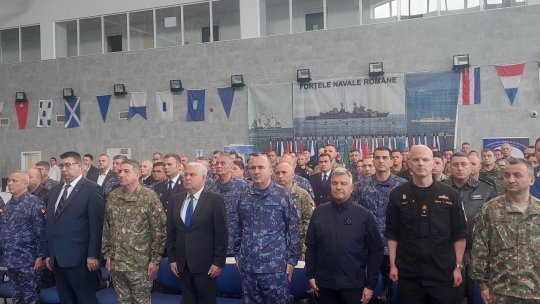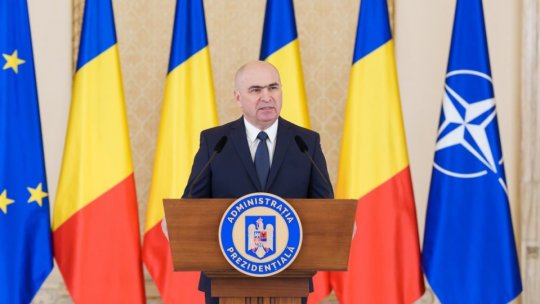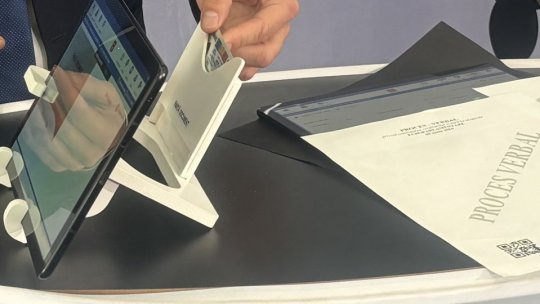“Multicultural Timişoara”, a New Contest on RRI
You are invited to listen to RRI shows, to visit our site at www.rri.ro and our profiles on Facebook, Twitter and Flick, to provide correct answers in writing to a few questions, and you can win.
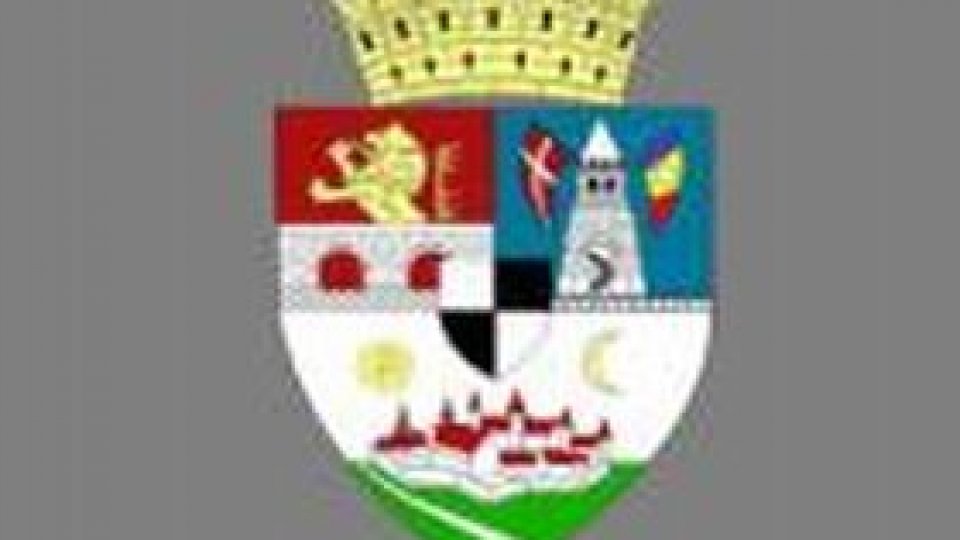
01 Noiembrie 2010, 16:57
Dear friends, you are once again invited to take part in a prize winning contest entitled “Multicultural Timisoara”, organized by Radio Romania International and focused on a true multicultural and multiethnic melting pot, Timis county, in Western Romania, with emphasis on the city of Timisoara.
We are trying to pique your curiosity regarding Timisoara, the Timis county capital, in the historical province of Banat,with at least two historical data: in November 1884, Timisoara became the first European city with public electric lighting, and in December 1989 the anti-communist revolution in Romania started in Timisoara.
You are invited to listen to RRI shows, to visit our site at www.rri.ro and our profiles on Facebook, Twitter and Flick, to provide correct answers in writing to a few questions, and you can win. The contest will close on March 31st 2011, post date.
We will offer two Grand Prizes – two seven-night stays for one, full boarding, at the Varias Guesthouse, in the village of the same name, in the first half of June 2011.
The contest is sponsored by S.C. VARIMAX S.A., based in Varias, Timis county.
As usual, you will have to cover travel and visa fees, if necessary. Transport and accommodation in Romania are covered by RRI and the sponsors. For those who do not manage to win the Grand Prizes, we have many smaller prizes related to Timisoara and Timis county, offered by our partners and sponsors: the Timis County Council, Timisoara City Hall, the Romanian Orthodox Archbishopric of Timisoara, the Chamber of Commerce, Industry and Agriculture, the “Banat” Philharmonics, the Museum of Banat, including the Timisoara Art Museum, the Fine Artists’ Union, The Timis branch, the Timis County Center for Culture and the Arts.
First documented in the 13th century, Timisoara is home to over 300,000 inhabitants. Many other ethnic groups live alongside the majority Romanian population, making the city a cultural and religious crossroads. In Timisoara you can find large communities of ethnic Hungarians, Germans, Serbs, Roma, but also Bulgarians, Ukrianians, Jews and Slovakians.
After the fall of communism, Timisoara also became a thriving business center, where communities of business people emerged, mostly Italians, Arabs and Turks.
Timisoara is a multicultural city, which has gathered many influences over the centuries, mostly from German, Hungarian and Serbian communities, but also from a Bulgarian, Italian and Greek source.
Aside from this ethnic and confessional diversity, we have to mention that Timisoara is one of Romania’s economic engines, a higher education center with a long tradition, a city with an exceptional cultural life, but also a center of communications and transportation. Mostly German, Italian and US businesspeople have made investments in Timisoara.
The German National Theater, the Hungarian National Theater and the Romanian Opera house share the same historical building. An important cultural landmark is the “Banat” Philharmonics. Another one is the Banat Museum, set up in 1872. It hosts the largest collection of archeological pieces in Banat.
The institution has various branches, such as an Art Museum, an Ethnography Museum, the Banat Village Museum. From an architectural point of view, the city boasts a large heritage of historic buildings (according to some sources, as many as 14,500).
The Baroque style of Viennese influence is prevailing. It earned Timisoara the name of “Little Vienna”, but we can also find buildings in the Art Nouveau, secession, eclectic or Romanian styles. Timisoara has many green areas that mostly stretch along the navigable part of Bega River. For this reason, Timisoara has earned the moniker “city of parks and roses”.
Timisoara is a “city of firsts” among cities that are now on Romanian soil: 1728 – the beginning of works to turn Bega River into a navigable canal; 1854 – the first telegraph service; 1855 – the first city in the Habsburg space to have public gas lighting; 1881 – the first telephone network; 1886 – the first ambulance service in Hungary and Romania; 1895 – the first street laid with asphalt; 1899 – the first electric tram in today’s Romania, and many more.
And now, here are the questions:
Which event occurred in December 1989 in Timisoara?
Mention at least three ethnic minorities living in the city of Timisoara or Timis county
How many other cities had public electric lighting before Timisoara and when was this type of lighting introduced in the city?
Name at least 3 cultural landmarks in Timisoara.
Please, also specify what motivated you when deciding to take part in the contest, and, if you wish, mention the sources you have used in answering, other than our radio station, the RRI website or our Facebook and Twitter profiles. Please, send your answers to: Radio Romania International, 60-64 G-ral Berthelot Street, sector 1, Bucharest, PO Box 111, code 010165, fax 00.40.21.319.05.62, e-mail: eng@rri.ro. Please send us your answers by 31 March 2011, post date.
The winners will be announced in late April, allowing winners to make preparations for their trip to Timis County. Good luck!
(Radio România Internaţional, Serviciul în limba engleză).

